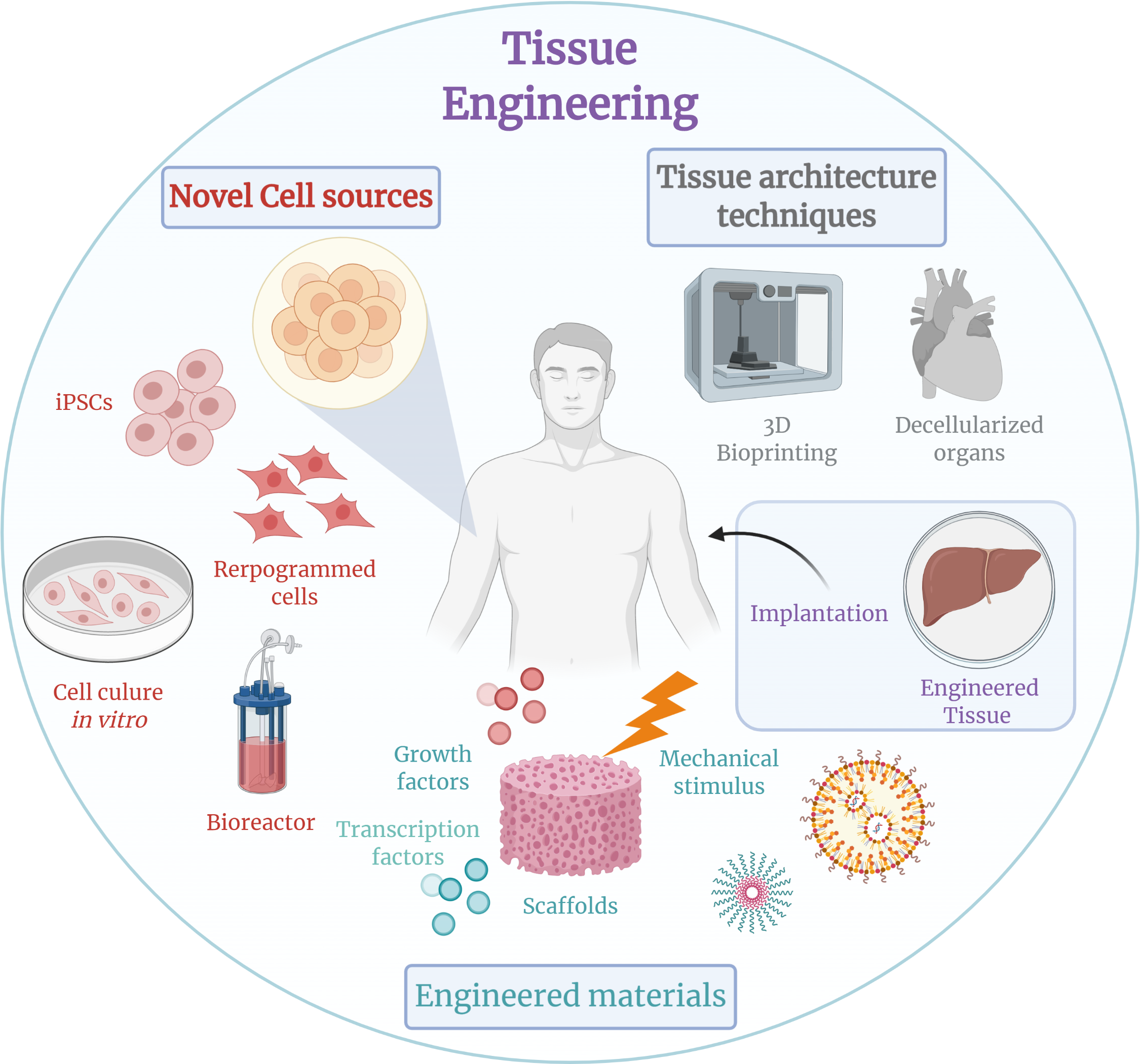Table of Contents

[/image][=video]
[/video]
There are numerous sorts of stem cells. In general, the term stem cell describes a group of cells that generate other cells (like skin, blood, heart, and muscle cells) by reproducing and differentiating in response to chemical hints. Totipotent stem cells show up at the earliest stage of development and are the only stem cells which can create embryonic stem cells and the placenta.
Bone marrow transplant (BMT) is a special treatment for patients with particular cancers cells or other diseases. A bone marrow transplant involves taking cells that are generally located in the bone marrow (stem cells), filtering those cells, and giving them back either to the benefactor (patient) or to one more individual. The goal of BMT is to transfuse healthy bone marrow cells into an individual after his/her own unhealthy bone marrow has been treated to kill the uncommon cells.
The blood cells that make various other blood cells are called stem cells. The most primitive of the stem cells is called the pluripotent stem cell.
It is the stem cells that are needed in bone marrow transplant. The goal of a bone marrow transplant is to heal several illness and sorts of cancer. When the dosages of chemotherapy or radiation required to treat a cancer are so high that a person's bone marrow stem cells will certainly be completely harmed or ruined by the therapy, a bone marrow transplant may be needed.
Menopause Therapy servicing Madison Heights
This procedure is often called rescue. Change bone marrow with genetically healthy and balanced functioning bone marrow to prevent even more damage from a genetic disease procedure (such as Hurler's disorder and adrenoleukodystrophy). The dangers and benefits must be considered in an extensive conversation with your health care supplier and professionals in bone marrow transplants before the procedure.
There are different kinds of bone marrow transplants depending on who the contributor is. The different sorts of BMT consist of the following: The benefactor is the patient himself or herself. Stem cells are taken from the client either by bone marrow harvest or apheresis (a procedure of collecting outer blood stem cells), icy, and then provided back to the individual after extensive treatment.
The donor shares the exact same genetic type as the person. Stem cells are taken either by bone marrow harvest or apheresis from a genetically matched benefactor, generally a brother or sister. Other donors for allogeneic bone marrow transplants might consist of the following: A haploid-identical match is when the benefactor is a parent and the hereditary suit goes to the very least half similar to the recipient.

Matching involves typing human leukocyte antigen (HLA) tissue. The antigens externally of these special leukocyte identify the genetic make-up of a person's immune system. There go to least 100 HLA antigens; nonetheless, it is thought that there are a few significant antigens that establish whether a contributor and recipient suit.
Clinical research is still investigating the function all antigens play in the procedure of a bone marrow transplant. The more antigens that match, the much better the engraftment of contributed marrow. Engraftment of the stem cells happens when the donated cells make their way to the marrow and start making new blood cells.
Stem Cell Therapy servicing Madison Heights
All people work with each other to provide the best opportunity for an effective transplant. The group contains the following: Health care providers who specialize in oncology, hematology, immunology, and bone marrow transplantation. A nurse who organizes all facets of treatment given prior to and after the transplant. The nurse organizer will provide person education, and works with the analysis screening and follow-up care.
Experts who will certainly help you satisfy your dietary requirements prior to and after the transplant. A number of various other group participants will assess you before transplant and will offer follow-up care as needed.

A complete case history and physical exam are carried out, including numerous examinations to examine the client's blood and organ functions (for instance, heart, kidney, liver, and lungs). A patient will often come right into the transplant center up to 10 days before transplant for hydration, assessment, positioning of the main venous line, and other prep work.
For an allogeneic transplant, a suitable (cells keyed in and matched) contributor has to be offered. Voluntary marrow contributors are registered in numerous nationwide and global windows registries.
Contributor sources offered include: self, sibling, parent or loved one, nonrelated individual, or umbilical cord from a relevant or nonrelated person. There are national and worldwide computer registries for nonrelated people and cable blood.
Hormone Therapy
Tests associated with his/her health and wellness, direct exposure to viruses, and hereditary analysis will certainly be done to determine the degree of the suit. The benefactor will be given directions on how a bone marrow contribution will be made. When a match for a person needing a bone marrow transplant is found, then stem cells will certainly be gathered either by a bone marrow harvest.
Or by a peripheral blood stem cell collection. This is where stem cells are accumulated from the distributing cells in the blood.
Navigation
Latest Posts
Medical Group around Madison Heights
Perimenopause Treatment
Medical Group local to Madison Heights